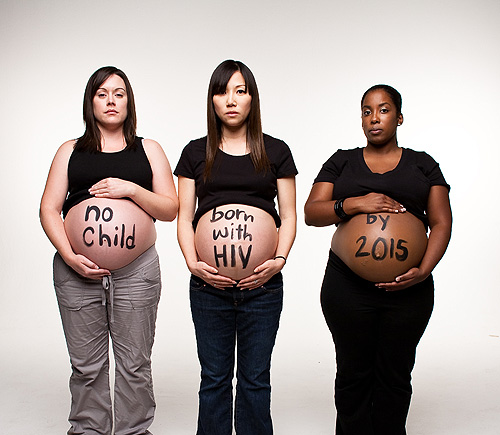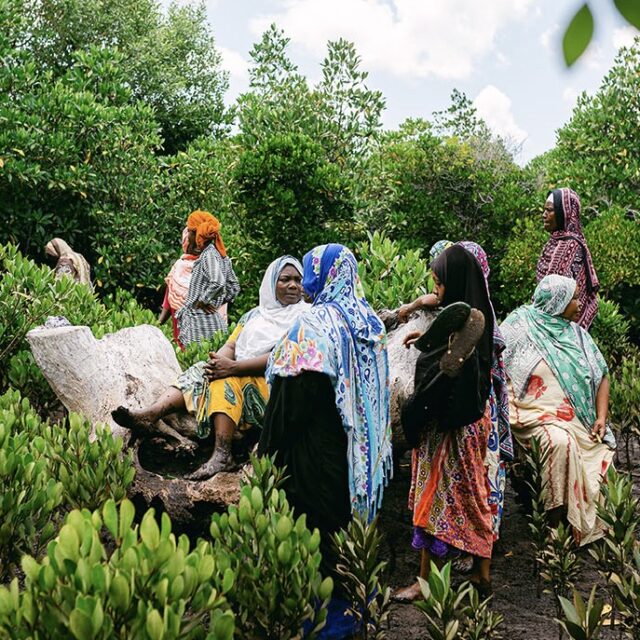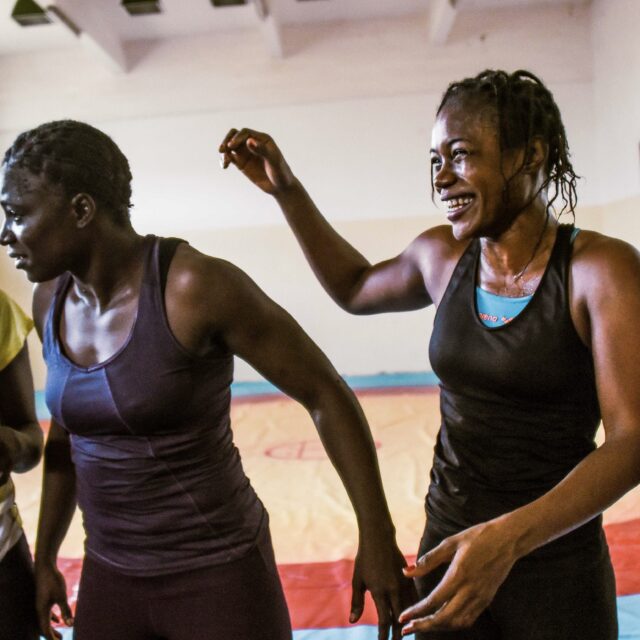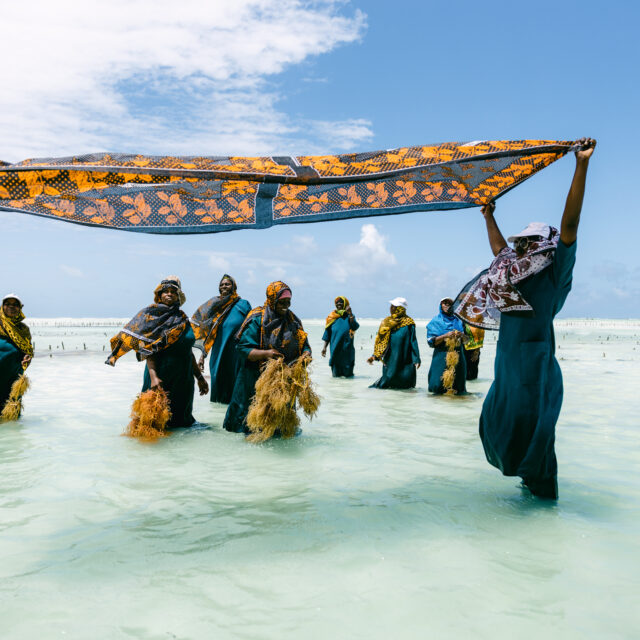 At the recent UN High Level Meeting on AIDS, world leaders made a critical step in the right direction with the launch of a global plan to eliminate new HIV infections among children by 2015 and to keep their mothers alive. Last year, ONE members tirelessly advocated for the Global Fund during our “No Child Born with HIV” campaign, and we’re pleased that this plan will help us work towards turning that goal into reality.
At the recent UN High Level Meeting on AIDS, world leaders made a critical step in the right direction with the launch of a global plan to eliminate new HIV infections among children by 2015 and to keep their mothers alive. Last year, ONE members tirelessly advocated for the Global Fund during our “No Child Born with HIV” campaign, and we’re pleased that this plan will help us work towards turning that goal into reality.
Tremendous gains have been made in recent years in reducing HIV infections among children and scaling up the prevention of mother-to-child transmission (PMTCT) of HIV, yet much work remains. In 2009, an estimated 370,000 new infections occurred among children, primarily in sub-Saharan Africa. The global strategy identifies two top goals: to reduce the number of new infections among children by 90 percent and reduce the number of AIDS-related maternal deaths by 50 percent. Under the plan, resources will be channelled to 22 priority countries, where nearly all HIV-positive pregnant women live.
The global plan identifies a four-prong framework for achieving these goals: preventing HIV among women of reproductive age through services related to reproductive health such as postpartum care; providing appropriate counselling and support to women living with HIV; ensuring HIV testing, counselling and access to treatment for pregnant women living with HIV; and HIV care, treatment and support for women and children living with HIV and their families.
We’re pleased to see that the global plan puts accountability at the helm and recognizes the critical importance of an integrated approach that connects an array of maternal and child health services across the health system. Additionally, the plan identifies the need for countries to be at the lead by providing political leadership, funding, effective strategies and strong monitoring and evaluation. While we applaud the effort to create this strategy, a plan is only so strong in so far as it has concerted political support and funding. Moving forward, if we hope to ensure no child is born with HIV by 2015, we need to see the following:
In answering the call to action at the launch of the plan, the United States President’s Emergency Plan for AIDS Relief announced an additional $75 million to prevention of mother-to-child transmission of HIV efforts. Additionally, private donors — including the Bill & Melinda Gates Foundation — pledged $40 million, Chevron pledged $20 million and Johnson & Johnson pledged $15 million.
During the high-level meeting, Ambassador Eric Goosby, the United States Global AIDS coordinator, summed up the need for this critically important plan: “Nearly every minute a child is born with HIV. Working together, we can reverse this tide as we have done in the United States and they are very close to doing in Botswana. Preventing new HIV infections among children across the globe is truly a smart investment that saves lives and helps to give children a healthy start in life.”


